
Gorgias Press
Founded in 2001 Gorgias Press is an independent academic publisher of books and journals related to history, languages, and religious studies, with specific areas of expertise in the Ancient Near East, Arabic and Islamic Studies, Archaeology, Biblical Studies, Classics, Early Christianity, Jewish Studies, Linguistics, and Syriac.
Gorgias [GOR-gee-us] Press was originally created by George and Christine Kiraz as a specialty press that could keep up with their research interests. With a background in computational linguistics, George Kiraz envisioned combining cutting-edge technology with humanities research. The new company would be completely online, with no physical storefront, and it would use automation and digital printing technology rather than traditional print runs. With these tools, the press could afford to publish rare and understudied topics that were previously considered unprofitable, and Gorgias soon became known for its pioneering work in language and linguistics, religion, and especially Syriac and Eastern Christianity.
Gorgias’ philosophy of “Publishing for the Sake of Knowledge” rather than profit, attracted a number of new authors, and the press’ areas of interest rapidly began to expand. Today, Gorgias Press publishes 50-60 new titles a year, including monographs, edited volumes, translations, and more, and Gorgias books can be found in academic collections all over the world.
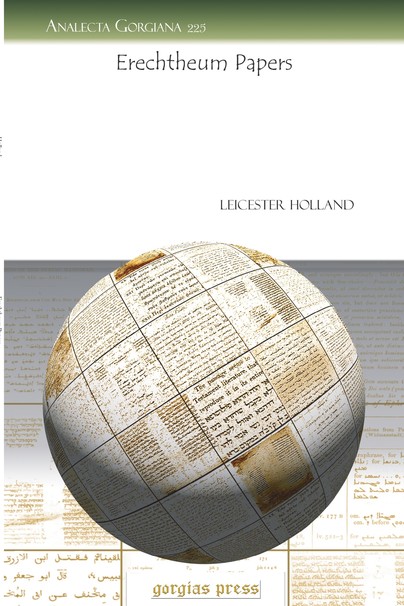
Format: Paperback
Pages: 90
ISBN: 9781607244547
Pub Date: 04 Aug 2009
Series: Analecta Gorgiana
Description:
This series of papers presents a thorough and enlightening overview of the nature of the Erechtheion's remains, its history of renovation and destruction, and the purposes to which it may have been put.
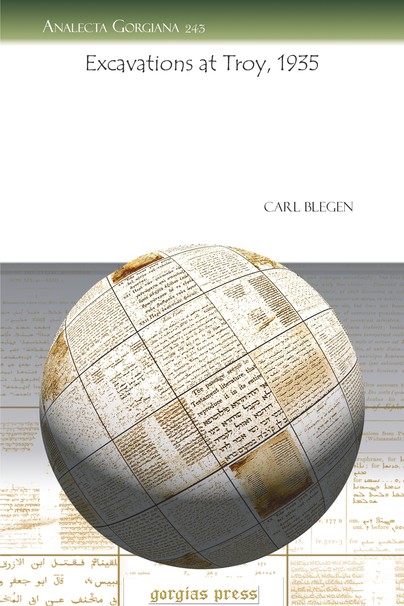
Format: Paperback
Pages: 39
ISBN: 9781607244721
Pub Date: 04 Aug 2009
Series: Analecta Gorgiana
Description:
The second of Carl Blegen's reports on the excavation of Troy for the American Journal of Archeology detailing a small residential area.
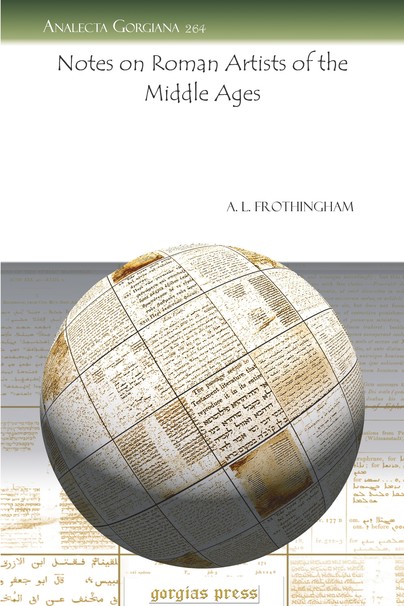
Format: Paperback
Pages: 46
ISBN: 9781607244936
Pub Date: 04 Aug 2009
Series: Analecta Gorgiana
Description:
In this series, A. J. Frothingham Jr.
reviews previously unstudied papal buildings, suggesting new members of the schools of Laurentius and Paulus and linking specific artists to various buildings.
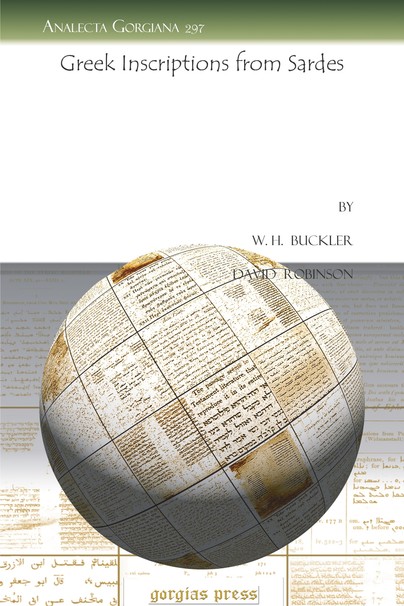
Format: Paperback
Pages: 198
ISBN: 9781607245261
Pub Date: 04 Aug 2009
Series: Analecta Gorgiana
Description:
This piece includes the text, translation, and commentary for a long inscription found on the temple of Artemis and shorter honorific inscriptions on cylindrical stelai found in the ancient city, all dating from the 4th century BC.
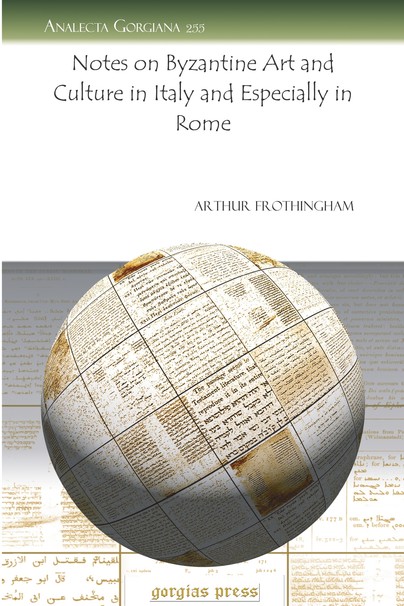
Format: Paperback
Pages: 60
ISBN: 9781607244844
Pub Date: 04 Aug 2009
Series: Analecta Gorgiana
Description:
A. J. Frothingham discusses Byzantine influences in the art and architecture of medieval Rome, bringing to light the influence of Byzantium on Italy beyond the fall of the Western empire.
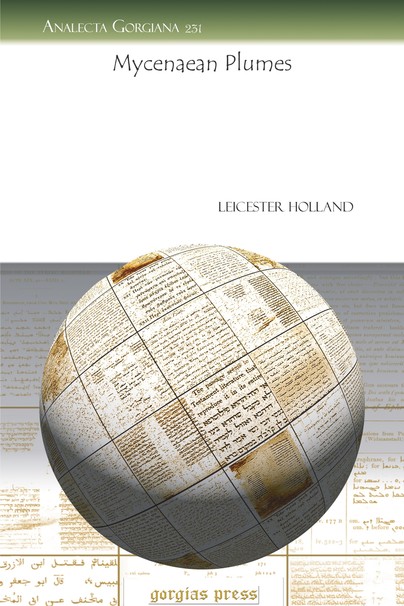
Format: Paperback
Pages: 33
ISBN: 9781607244608
Pub Date: 04 Aug 2009
Series: Analecta Gorgiana
Description:
Holland uses sculpture to suggest that these ornaments were meant to be worn in womens' headdresses as a development from feathered crowns worn in earlier times and possibly connected to the iconography of the sphinx.
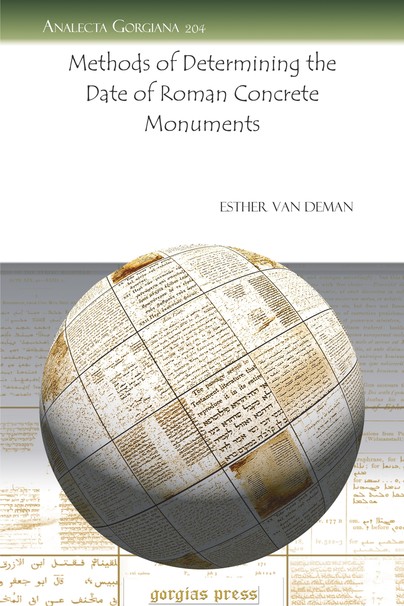
Format: Paperback
Pages: 68
ISBN: 9781607244332
Pub Date: 04 Aug 2009
Series: Analecta Gorgiana
Description:
Esther van Deman, an important historian of architecture, shows the methodology by which building chronology was set for Roman concrete buildings,
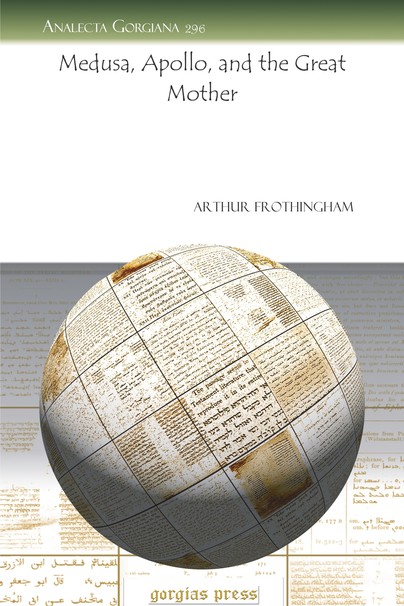
Format: Paperback
Pages: 29
ISBN: 9781607245254
Pub Date: 04 Aug 2009
Series: Analecta Gorgiana
Description:
Arthur Frothingham, one of the founding fathers of Art History, here discusses the problem of the Gorgon in ancient Greek art by arguing that Medusa represents a lost prehistoric goddess.
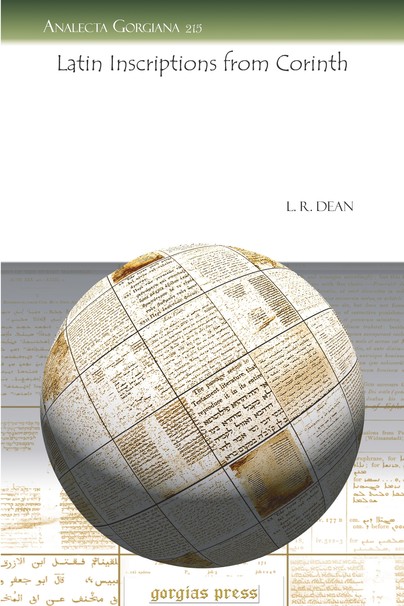
Format: Paperback
Pages: 47
ISBN: 9781607244448
Pub Date: 04 Aug 2009
Series: Analecta Gorgiana
Description:
This article provides transcription, text, and commentary on the Latin inscriptions known in Corinth in 1918 and provides a useful tool for understanding the civic life of Corinth under Roman control.
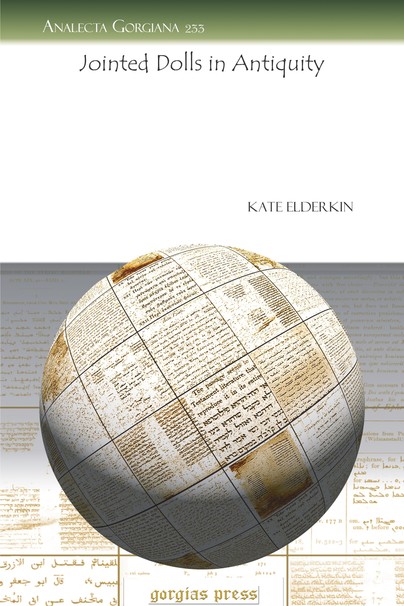
Format: Paperback
Pages: 25
ISBN: 9781607244622
Pub Date: 04 Aug 2009
Series: Analecta Gorgiana
Description:
Kate Elderkin presents an enjoyable overview not only of the nature of children's dolls in Antiquity, but the customs surrounding their use and subsequent dedication when the owner reached adulthood.
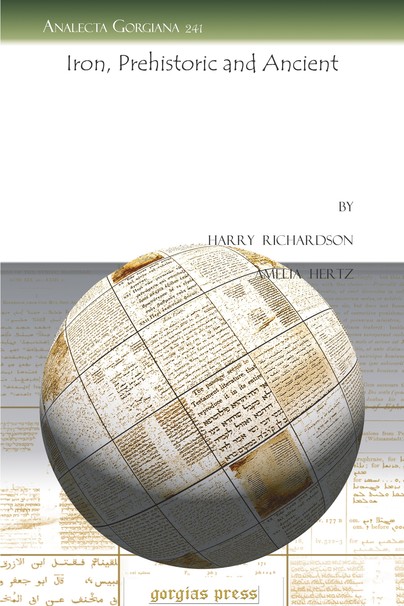
Format: Paperback
Pages: 41
ISBN: 9781607244707
Pub Date: 04 Aug 2009
Series: Analecta Gorgiana
Description:
Richardson and Hertz present opposing viewpoints for the origin of iron working in the transition from Bronze Age to Iron, one arguing a European origin and the other a Near Eastern/ Egyptian.
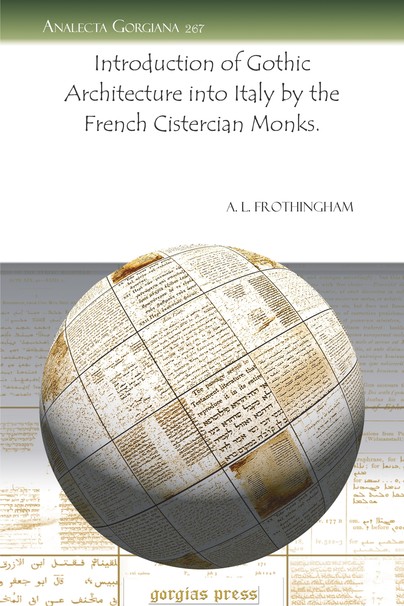
Format: Paperback
Pages: 76
ISBN: 9781607244967
Pub Date: 04 Aug 2009
Series: Analecta Gorgiana
Description:
This series of papers shows that a group of monuments erected by the French Cistercian monks, and here for the first time fully described and illustrated, were the earliest Italian buildings using transitional-Gothic architecture.
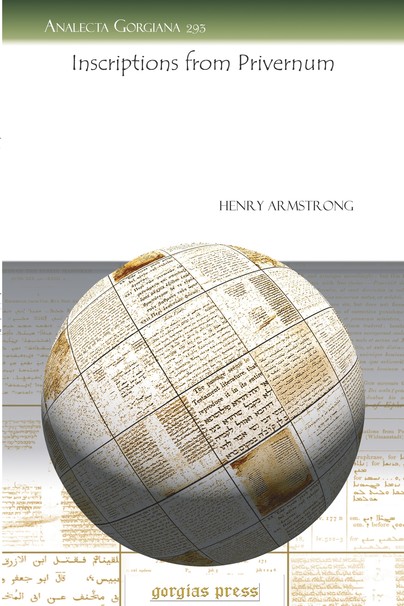
Format: Paperback
Pages: 64
ISBN: 9781607245223
Pub Date: 04 Aug 2009
Series: Analecta Gorgiana
Description:
In this site report Armstrong presents the surviving evidence for both the Volscian remains and the subsequent Roman settlement including sections on the inscriptions, site topography and history, and plans.
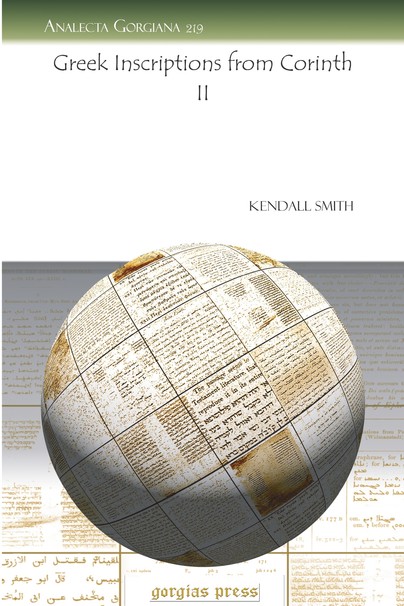
Format: Paperback
Pages: 62
ISBN: 9781607244486
Pub Date: 04 Aug 2009
Series: Analecta Gorgiana
Description:
This paper presents the very few surviving inscriptions from this period before Mummius' sack of Corinth and includes some of the few Greek decrees known at the time of the writing of the paper.
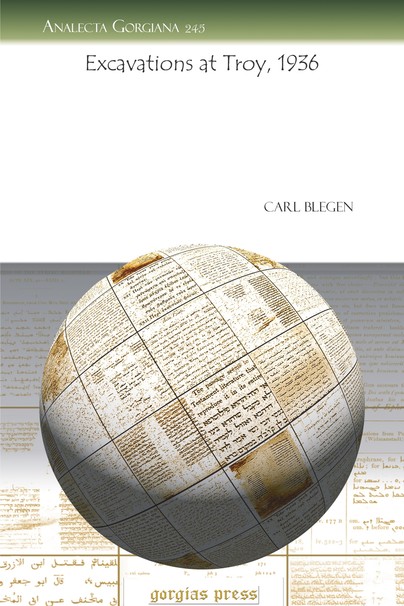
Format: Paperback
Pages: 35
ISBN: 9781607244745
Pub Date: 04 Aug 2009
Series: Analecta Gorgiana
Description:
The third of Carl Blegen's reports on the excavation of Troy for the American Journal of Archeology concentrating on a large house continuously occupied in some capacity from Troy I – VII.
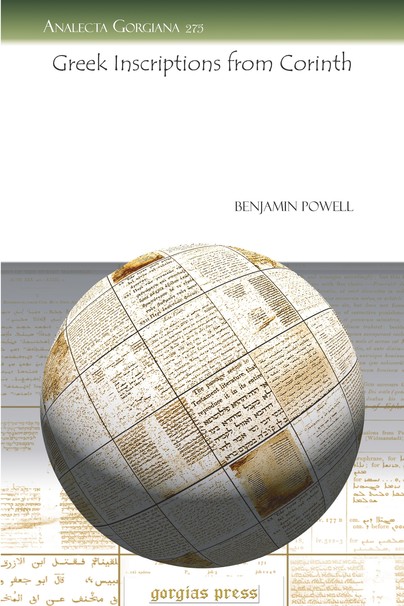
Format: Paperback
Pages: 46
ISBN: 9781607245049
Pub Date: 04 Aug 2009
Series: Analecta Gorgiana
Description:
Powell gives a listing of surviving inscriptions from his excavations in Corinth with illustrations, text, and commentary that includes nine inscriptions that likely predate Julius Caesar's rebuilding of the city in 46 BC.

















